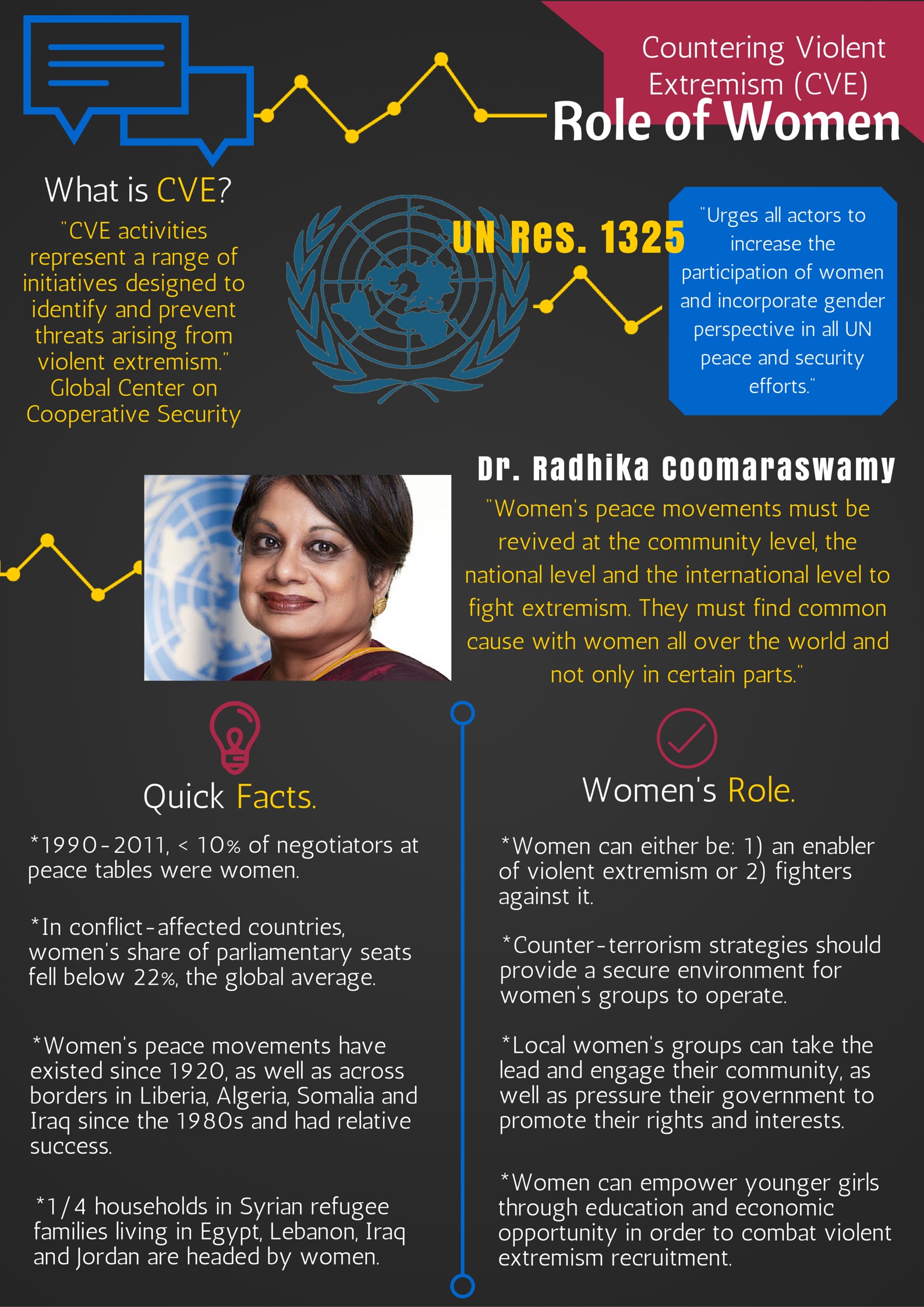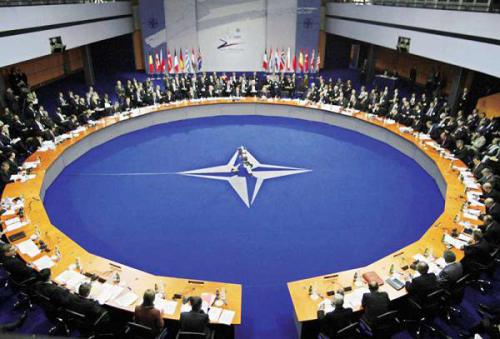Earlier this month, the Russian Federation conducted its largest war games since becoming an independent state after the breakup of the Soviet Union in 1991. “Vostok 2018,” as the exercises were called – a name derived from the Russian word for “east” – purportedly involved almost 300,000 Russian armed forces personnel, 36,000 fighting vehicles, 1000 aircraft, and 80 ships, joined by contingents of the Chinese and Mongolian militaries. Situated over a wide geographical area in the eastern reaches of the Siberian Federal District, the manoeuvres commenced on September 11th and drew to a close on the 17th, featuring state-of-the-art weapons tests and theatrical military parades held against the backdrop of interminable Siberian plains. The choreography of the exercise, captured in snapshots of massed Russian tanks, is an obvious homage to bygone Soviet times, an era about which Vladimir Putin is unapologetically wistful.
Of course, things are not all what they seem. For one thing, there is reason to doubt that 300,000 Russian servicemen directly participated in these manoeuvres, as Russia routinely misinforms the outside world about the scale of its training exercises. Sagacious observers have pointed out that the figure represents about one third of Russia’s military personnel. It is unlikely that Moscow would have shouldered the enormous expense that such a logistical feat would incur, especially the improbable deployment of 36,000 military vehicles.
Smoke and mirrors aside, Vostok 2018 was undoubtedly big. It certainly made that impression on some of the 3,200 Chinese troops that participated in the manoeuvres. That might have been the point. Undoubtedly, it was by careful design that Moscow chose Siberia as the venue for the largest war games Russia has conducted since the former Soviet regime mounted “Zapad” in 1981. Those exercises, named after the Russian word for “west,” involved 150,000 troops and took place in the western USSR and Poland at a time when mounting problems in the Communist Bloc made Moscow anxious to signal its domination of Eastern Europe. Zapad 2017, the exercises Russia launched last year in Belarus, only involved about 13,000 Russian and Belorussian troops. In contrast, the unprecedented effort Russia made with Vostok 2018 betrays Moscow’s desire to make an impression on Beijing. The fact that the Chinese People’s Liberation Army was invited to participate in these manoeuvres may have been as much about ‘keeping one’s friends close’ as it was a gesture of friendship or a joint political statement directed at Washington and NATO.
Russia has ample reason to deter China from any designs it may have on the Russian Far East. China, after all, has ten times the population of Russia. To put that in perspective, that disparity is the same as that which exists between the United States and Canada. Moreover, most of Russia’s population is located west of the Ural Mountains; the Russian Far East, which is sparsely populated with Russians, is the district attractive to Chinese immigration. The Chinese economy is likewise several times larger than Russia’s. Only in military technology does Russia maintain an edge over China – for now. There are bitter historical disputes between Russia and China over the question of whom the Russian Far East ‘truly’ belongs to. Geographically, and in some respects culturally and economically, it is closer to Beijing than to Moscow. Compounding matters, Chinese President and General Secretary of the Communist Party of China, Xi Jinping, has an atavistic vision for a “Chinese Dream” of “national rejuvenation,” one that requires both resources and the redress for China’s past “humiliations”. His own ostentatious military parades in Inner Mongolia, just across the border from Russia’s Far East, in which he has exhorted his troops “not to fear death,” are eerily reminiscent of an imperial cult.
If Russia designed Vostok 2018 to rattle NATO with the image of a Eurasian enemy looming over the horizon, China is certainly not party to that cause. Its economic interests are firmly centred on building bridges with Europe, not driving that continent away. What China got from participating in the war games was the chance to test the effectiveness of its own military reforms by using foreign territory as a proving ground on which it could determine whether its armed forces could operate effectively in unfamiliar territory. China is also notorious for its reliance on mimicking foreign knowhow in order to build up its stores of knowledge and technology, and has undoubtedly pounced on the opportunity to learn from Russian forces that have been engaged in two intense conflicts, supporting separatist rebels in Ukraine and crushing insurgents in Syria.
All of this is to say that genuine amity between Russia and China is a remote possibility. Dire prophecies suggesting that Vostok 2018 signals “rapprochement” between Russia and China are premature. Even if current Sino-Russian relations are better than they once were (a relatively easy feat to achieve, considering the deplorable state they once were in), they constitute nothing like an alliance commitment. Moreover, NATO has an advantage over any partnership between Russia and China, namely that its members have a mutual commitment to values that do not pose a threat to one another. The intensification of totalitarianism in Russia and China, their governments’ revanchism, and their respective national commitments to righting alleged past wrongs, bode future erratic behaviour on their part and possible conflicts of interest. History affords examples of the unstable chemistry that results from combining two dictatorships. For example, the Stalin-Ribbentrop Pact of 1939 appeared to array an invincible army of autocracy against the forces of democracy, as Nazi Germany and the Soviet Union carved up Poland between them in defiance of a British-French ultimatum to the Germans to desist. From the secure heights of hindsight, it is easy to overlook how unsettling Nazi-Soviet collusion would have seemed to contemporary observers. However, it took less than two years for Hitler to train his guns on his erstwhile Soviet partner-in-crime when he found it suited his interests to do so.
So it is with dictatorships. In the absence of the rules-based international order, all bets are off, and there is no honour among thieves. Whatever pragmatic advantages Russia and China might reap from their momentary collaboration with one another, there cannot be genuine trust between their regimes in their current incarnation. On the other hand, it is an empirical fact that democracies – progenitors of, and heirs to, the rules-based order – do not go to war with one another. This is a product of, among other things, responsible government, for as Immanuel Kant put it: “if the consent of the citizens is required in order to decide that war should be declared…nothing is more natural than that they would be very cautious in commencing such a poor game, decreeing for themselves all the calamities of war.”
The chances of a Russia-China ‘axis of autocracy’ coming into being are remote. However, Vostok 2018 showcased a rejuvenated Russian military. It would do NATO well to be vigilant in preparing to deter this force in potential conflicts. Indeed, NATO is doing that. It has not been a passive observer in the face of shows of Russian force. Moreover, history demonstrates that NATO has the capacity to mount its own sophisticated war games in the tradition of the “Able Archer” exercises it conducted during the Cold War, manoeuvres that were unnerving enough to cause the Soviet leadership substantial concern. And in spite of Putin’s pretensions, today’s Russia is not as formidable as the Soviet Union was.
Photo: Chinese units parade past the review stand during Vostok 2018 by www.kremlin.ru via Wikipedia Commons. CC BY 4.0
Disclaimer: Any views or opinions expressed in articles are solely those of the authors and do not necessarily represent the views of the NATO Association of Canada.




